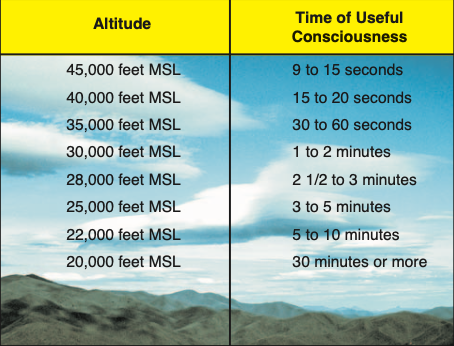"Do not leave the American sector."
-
https://www.dailymail.co.uk/sciencetech/article-14010229/Astronauts-ISS-urgent-evacuation-NASA.html
Astronauts on the ISS are braced for an urgent evacuation - as NASA uncovers 50 'areas of concern' including leaks and cracks on the 25-year-old space station
Wiliam Hunter
NASA's astronauts aboard the International Space Station have been told to prepare for an urgent evacuation amid growing safety concerns.
The US space agency and its Russian counterpart, Roscomos, are tracking 50 'areas of concern' related to a growing leak aboard the station.
NASA is now calling the cracks in a Russian service module a 'top safety risk' - escalating the threat rating to five out of five.
Astronauts have been warned to stay in the American section when the module is open so they can be close to their spacecraft in case of an emergency evacuation.
Although officials have been aware of the issue since 2019, the exact source of the leak is still unknown.
All potential cracks have been covered with 'a combination of sealant and patches' but NASA warned that the leak reached its fastest rate yet in April this year.
Concerns over the station's safety are now so high that NASA has negotiated with Roscomos to only open the hatch when absolutely necessary and to keep it sealed in the evenings.
And that's not the only cause for concern, as the space agency has warned that the ISS is at risk of being pelted with micro-meteors and space debris.
American astronauts aboard the ISS have been told to be ready for an emergency evacuation as a leak in the Russian section is branded a 'top safety risk'
NASA is now tracking 50 'areas of concern' related to a leak in the Russian Zvezda Service Module Transfer Tunnel (labelled) which sprung a leak in 2019
This is not the first time the ISS has sprung a leak. In 2018 astronauts rushed to fix a hole (pictured) which had appeared in the outer wall of the Soyuz capsule on the orbiting laboratory. The origins of the damage remain a mystery
The air leak is located in the Russian Zvezda Service Module Transfer Tunnel which was installed in 2000 and is used to house life support equipment and to access a Russian cargo dock.
In 2019 it was noted that the module had begun to leak a small amount of air through an unidentified crack.
However, despite efforts to seal the module, the amount of air escaping the station has only increased over the last five years.
-
The FAA has this concept called Time of Useful Consciousness
It is roughly how long a pilot can work at a given altitude without oxygen, up high, it is not long

I wonder if they have a similar concept that is used for emergency exit procedures on the ISS.
-
Unfortunately one day there will be something like the Kessler Syndrome that’ll take out the ISS, perhaps caused by one of its own parts. Hope not…
@89th said in "Do not leave the American sector.":
Link to videoKessler Syndrome
I went to the theater to see this - in 3D.
It was a remarkable spectacle, of a dumb movie.
-
I don't think that astronauts are trained to panic and hyperventilate like that.
But the effects are nice.
-
So, um, who would they send up for a rescue?
-
So, um, who would they send up for a rescue?
@LuFins-Dad said in "Do not leave the American sector.":
So, um, who would they send up for a rescue?
I think it was after the Columbia disaster, NASA made a new rule that whenever a shuttle was in flight, there would be a backup rescue shuttle on the pad ready to go.
Of course the days of the shuttle are over. I watched this movie when it first came out, I forget what they did exactly, but I think there was a rescue.
-
So, um, who would they send up for a rescue?
@LuFins-Dad said in "Do not leave the American sector.":
So, um, who would they send up for a rescue?

-
That’s what I was thinking, too.
